Plastinarium
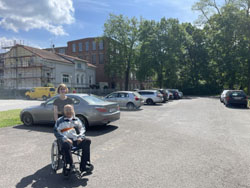
What is Plastinarium?
Plastinarium is a unique place where visitors can see authentic human and animal bodies and their parts, which have been prepared using a special method called plastination. This exceptional preservation technique allows for a highly detailed examination of the anatomy of the exhibits. Visiting Plastinarium also offers a glimpse into the work of specialists who create these extraordinary displays, revealing a bit of the plastination process.
First Impressions and Concerns
I first heard about body plastination nearly 20 years ago, and since then, I've dreamed of seeing such an exhibition in person. Plastinarium is a controversial place, filled with authentic bodies presented in various poses, which initially raised some concerns for me. I wondered whether the atmosphere would be somber and if taking photos would be appropriate. To my surprise, all my doubts quickly dissipated. The exhibition is divided into thematic sections, such as the skeletal system, lymphatic system, and internal organs. In one section, there is also a collection of animal specimens from around the world. The life-sized giraffes are especially impressive, allowing for a very detailed examination of their anatomy.
Exhibits – From Human Skeletons to Controversial Displays
At the beginning of the tour, visitors are greeted by human skeletons, which look very much like those found in biology classrooms at schools. Further exhibits, such as those displaying the muscular system, don't provoke any negative reactions, as they resemble plastic models. I quickly got used to the sight and accepted the idea that these were real human bodies. However, I found the display of a man and woman in an intimate position to be controversial. I understand that the exhibition aims to both shock and attract curious visitors for various reasons, but for me, and not only me, it was a strange experience. I had a similar feeling when seeing a suspended human figure with visible internal organs, meant to resemble a character from Greek mythology.
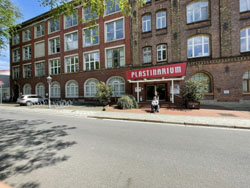
Plastinarium in Guben – The Exhibit Creation Process
An important part of the Plastinarium tour is the section where you can see the work of people preparing new exhibits up close. I was surprised by the number of people working there – there were dozens. A freshly severed leg below the knee, still covered with skin, left a particularly strong impression on me.
Experience and Accessibility for Visitors
Touring the Plastinarium takes about two hours, and the atmosphere of the place – to my surprise – is quite calm and neutral. You can take pictures anywhere, although one of the employees clearly indicated that she did not wish to be photographed while working.
Plastinarium is located on the German side of Guben, in a large building that is fully adapted for people using wheelchairs.
Right at the entrance, there is a parking space for people with disabilities, although it is poorly marked. Even if this space is occupied, it should not be an issue, as there is a paved parking area just a few dozen meters away.
Tickets can only be purchased in Euros, and admission is free for the companion of a person with disabilities.
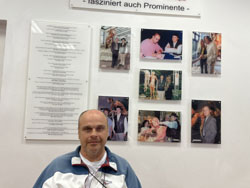
My Impressions and Practical Information
My experience at Plastinarium was very positive. I visited an interesting place and expanded my knowledge of human and animal anatomy. I saw, for example, a human heart, which is very similar to a pig's heart, and observed the development of a human fetus from 4 to 32 weeks. The facility is well-adapted for people with disabilities, although some thresholds could be slightly lower, and the paving stones between buildings could be more accessible. A significant advantage of the place is the availability of descriptions in Polish.
Summary – Plastinarium for Those Open to New Experiences
I encourage anyone interested in anatomy, open to new experiences, and curious about controversial places to visit Plastinarium. From my own experience, I can assure you that Plastinarium looks far scarier in photos than it is in reality. Plastinarium is not only a lesson in biology but also an experience that allows you to view the human body from a completely different perspective.
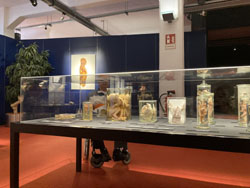
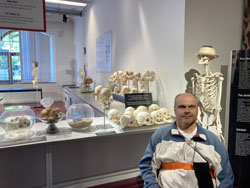
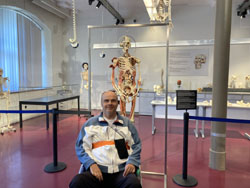
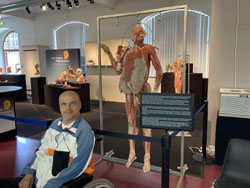
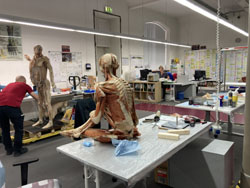
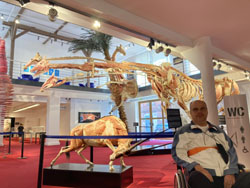
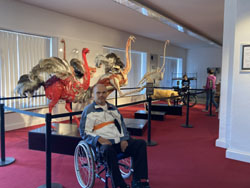
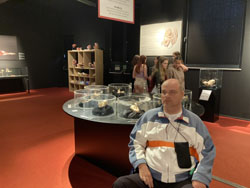
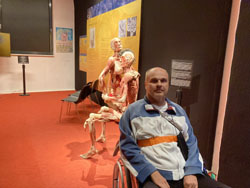
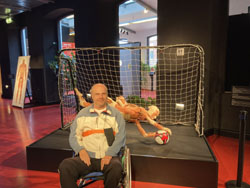
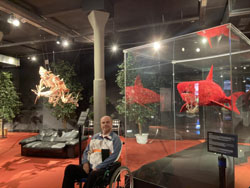

 PL
PL
 DE
DE